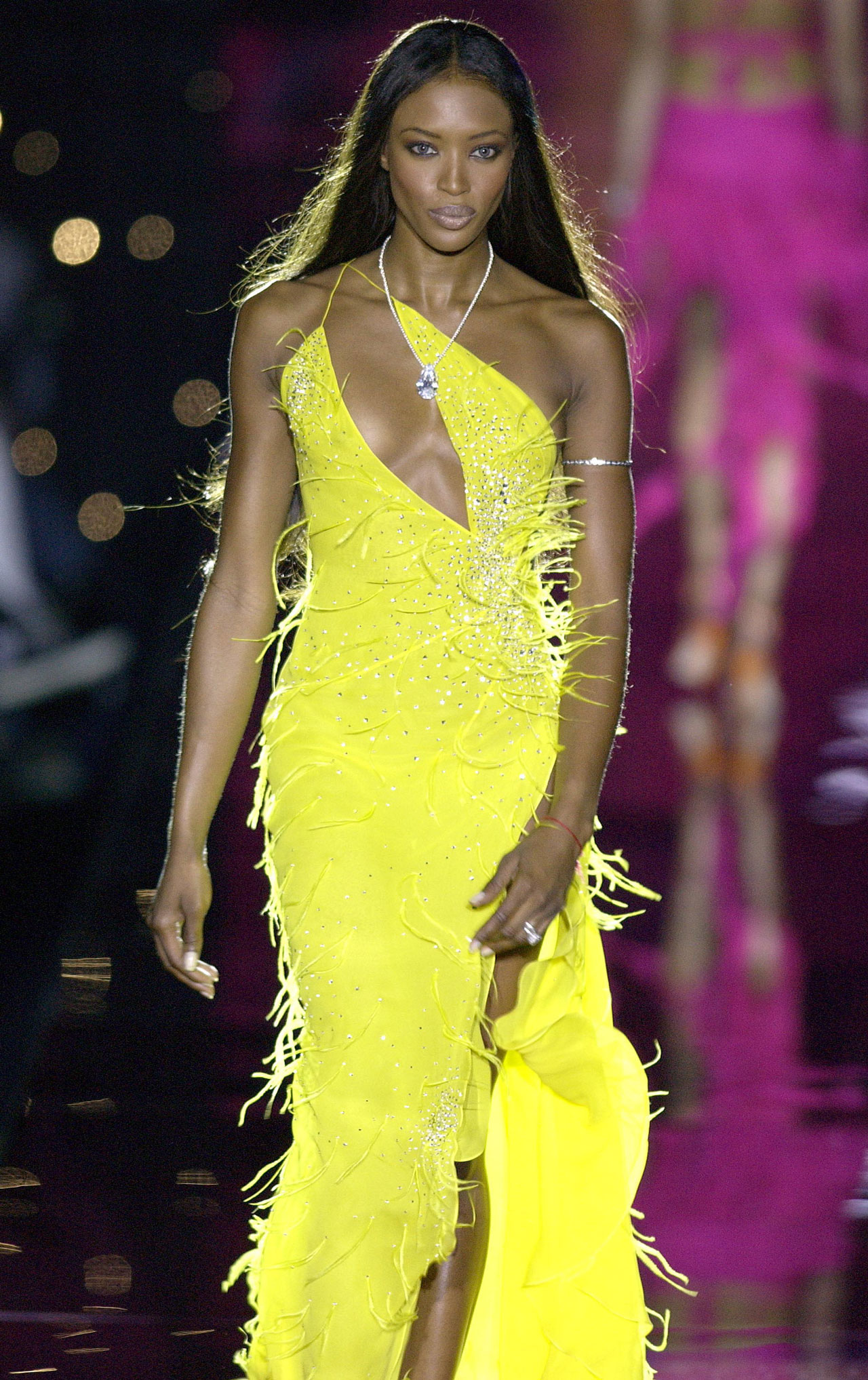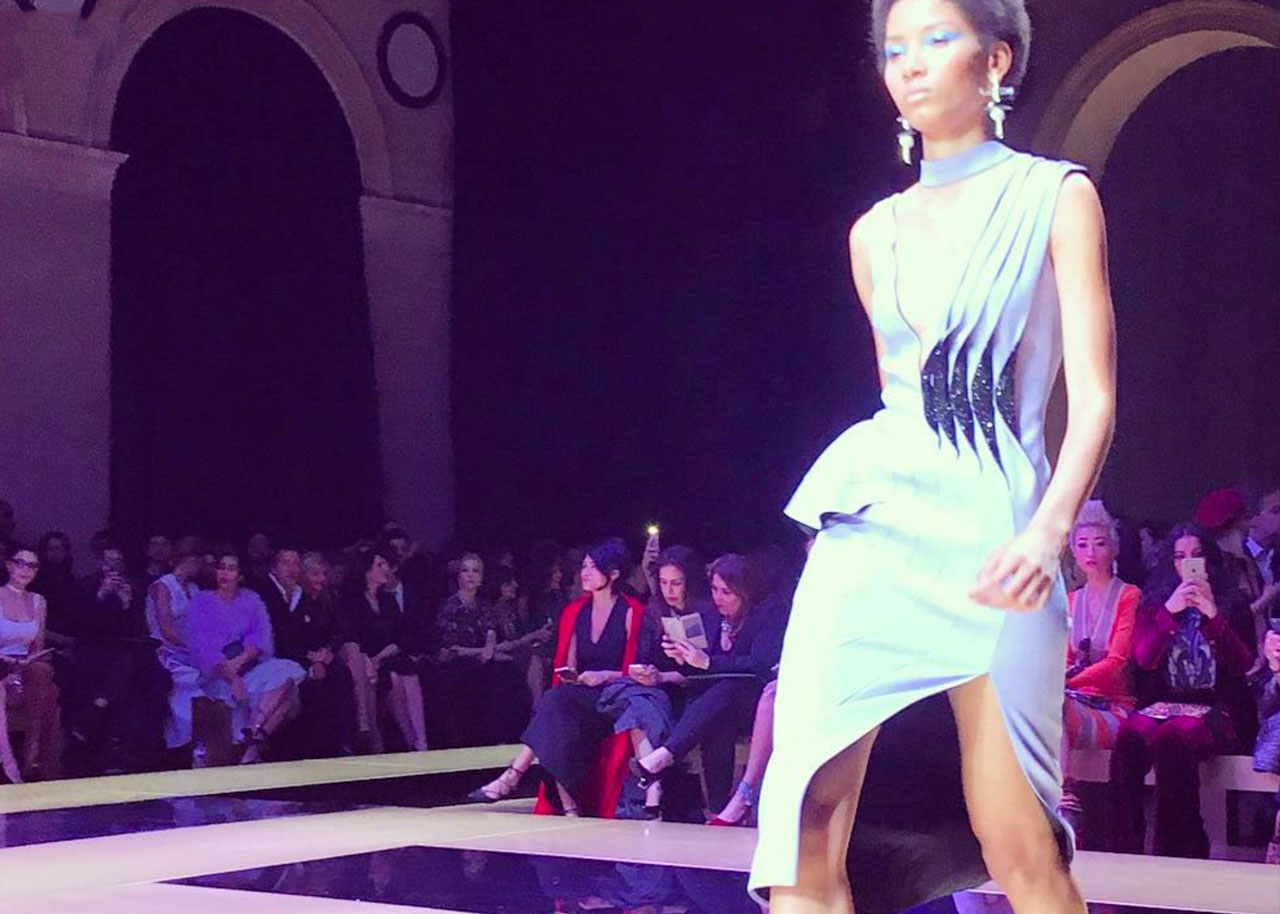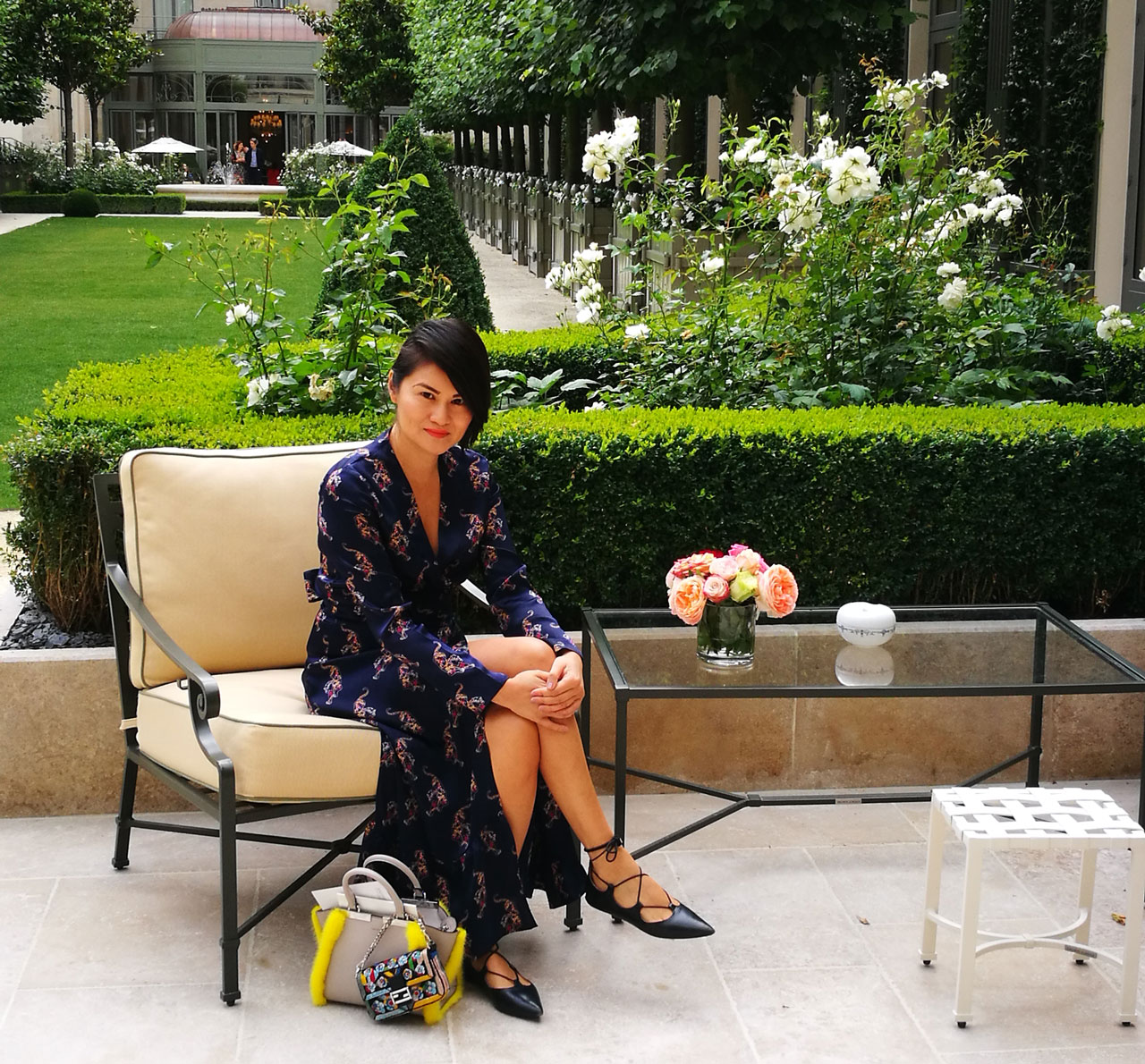News feed
Pretty soon, there will be a generation that never knew a world without Facebook, that expects to see next season’s collections live-streamed through a smartphone screen as Fashion Week unfolds, and if the likes of Tommy Hilfiger and Ralph Lauren have their way, will immediately purchase their favourite pieces online the minute the last model’s left the catwalk.

These days camera-ready bloggers like Chiara Ferragni (here in head-to-toe Prada at the most recent Milan Fashion Week) attract as much frenzied attention as clothes on the runway
Credit: Getty Images
Fashion Week was a very different place when I was finding my Prada bowling shod feet – well, it was the late ’90s, after all. This was a world where you worked your way up – from the back row to the front – and your place at the shows wasn’t even guaranteed, let alone dependent on your social media engagement. Long before I earned my seat on the FROW, I once hid in a bathroom backstage until the lights went down to sneak into a show that I wasn’t allocated a ticket for – a stunt I eventually confessed to the designer in question when I had the privilege to interview him years later. For the record, he was both impressed and perplexed in equal measure.
“Long before I earned my seat on the FROW, I once hid in a bathroom backstage to sneak into a show – a stunt I confessed years later to the designer in question”
Before the Insta-girls there were the supermodels. The moment I first saw Naomi Campbell on the runway will forever remain seared on my retinas – and not just because of her feathered canary yellow dress. It was Julien Macdonald’s spectacular Super Paradise show for Spring/Summer 2002 at London Fashion Week at the Natural History Museum and her walk made time stand still. I’ve kept my invite to this day.

Naomi Campbell walking for Julien Macdonald at London Fashion Week in 2002
Credit: Getty Images
The fashion world without WiFi was a very different place to be. I didn’t own a mobile phone until I’d landed my first magazine job. Back then, without the entire industries dedicated to the distribution of images and footage of every look fresh off the runway that exist today, the only way to record what was on the runway was to sketch it – lightning fast – as each model strutted past you.
This was a time when what was shown on the catwalk was more revered than those swishing around outside it, but the dawn of the digital age made more than our notebooks redundant. It created an influx of influencers flooding the FROWs, squeezing out the establishment. The result? The birth of the street style star, ostensibly with a mission to make the runway a reality.

Tay (centre of picture wearing red coat) FROW at Paris Fashion Week
Credit: Instagram @thestyleeditor
For me, Fashion Week isn’t a photo opportunity. I see my role as a chronicler of fashion history, a communicator of trends and ideas, a collector of narratives, and a connector of contexts, that will always be relevant to an intelligent audience which not even the most-followed fashion blogger can sum up in a 10-second Insta story.
Interestingly, at an intersection where the majority of designers are seriously considering their runway-to-retail options, and are digitally, if not literally, opening the doors of their shows to all, two voices stand alone. There’s Diane von Furstenberg who has done the opposite, scaling down her Fashion Week presence to a presentation with an uber-selective guest list, and Massimo Giorgetti who banned social media posts from his AW16 show – both attempting to minimise fashion fatigue by keeping next season’s collections largely under wraps until they hit the stores, thus taking control of their storytelling again in their own very different ways.

Tay, here in Paris for the Couture shows, has spent the past two decades as a fashion editor earning her place on the FROW
Credit: Instagram @thestyleeditor
So what of the future of Fashion Week? With the likes of Burberry, Tom Ford, Ralph Lauren and Tommy Hilfiger pioneering a see-now-buy-now proposition, Moschino and Coach among others releasing capsule collections straight from the catwalk as a quick fix, but otherwise keeping to the calendar, and the rest either quietly calculating their next move or stoically deciding against it, the very idea of Fashion Week and the concept of next season’s trends is in a state of uncertainty for everyone.
Nevertheless, the digital revolution has rendered elitism démodé. Democracy is the new black, and runways are now for everyone. But I will always maintain that if you’re not willing to barricade yourself in the bathroom – the way I did – just to see a show, you simply don’t want this life badly enough.
Alison Tay is the Editor-in-Chief of GRAZIA Middle East and an International Woolmark Prize judge. Follow the British fashion journalist and celebrity stylist on Instagram and Twitter.
This article appears in GRAZIA Luxury Autumn/Winter 2016 on sale now in the United Arab Emirates and Qatar.









